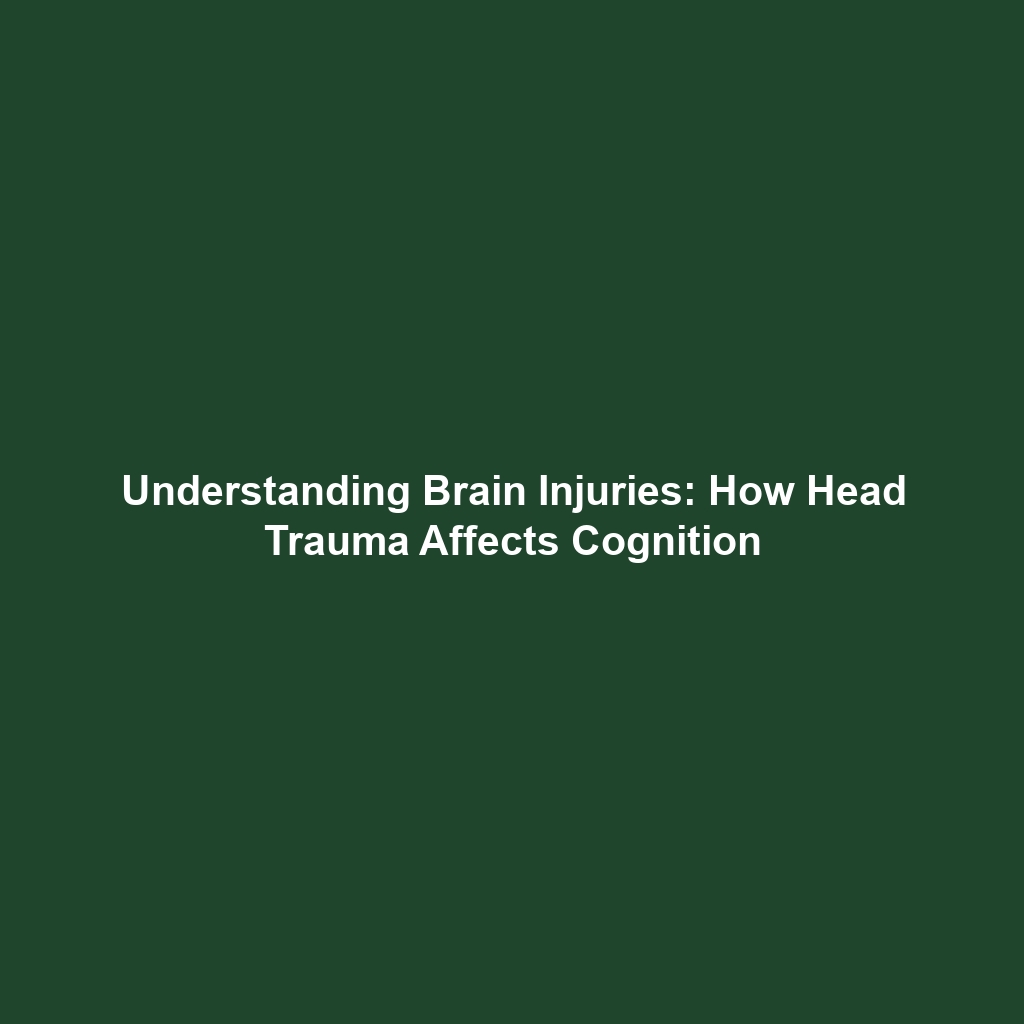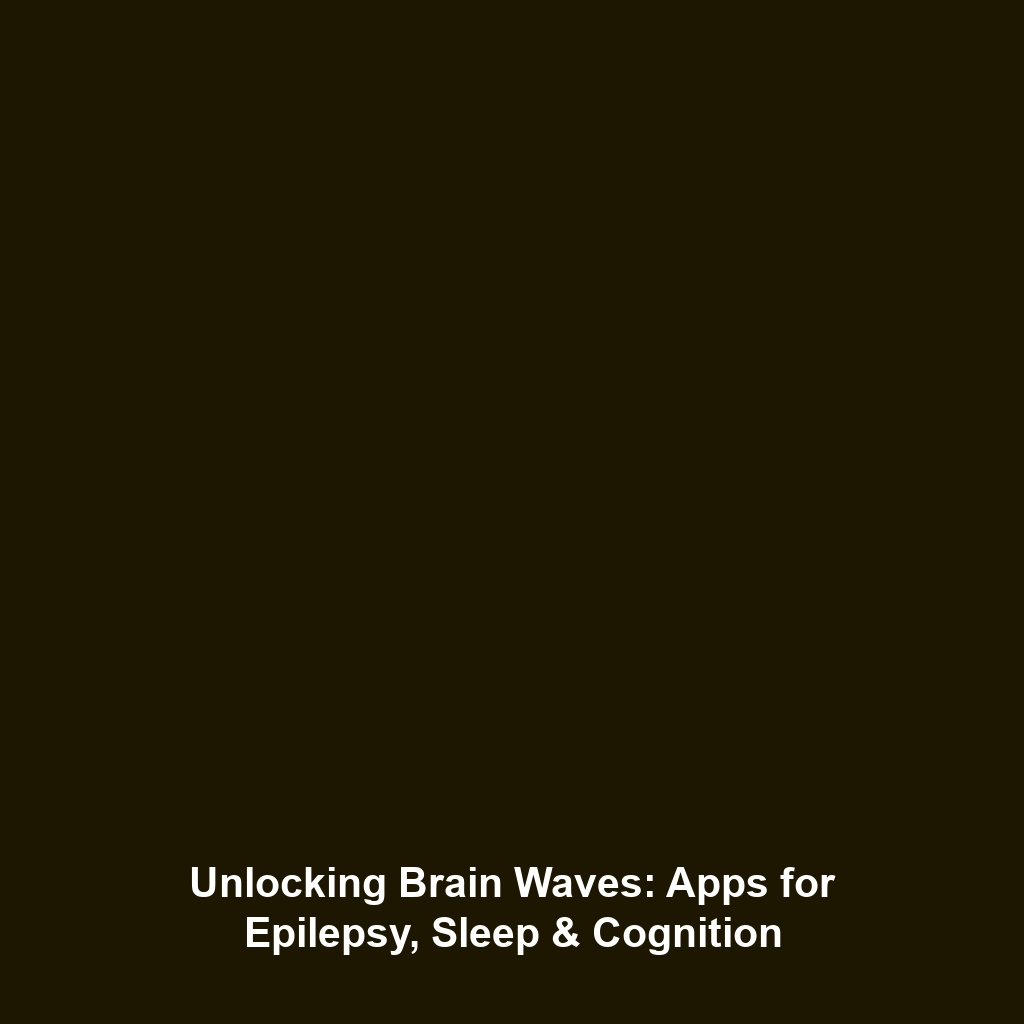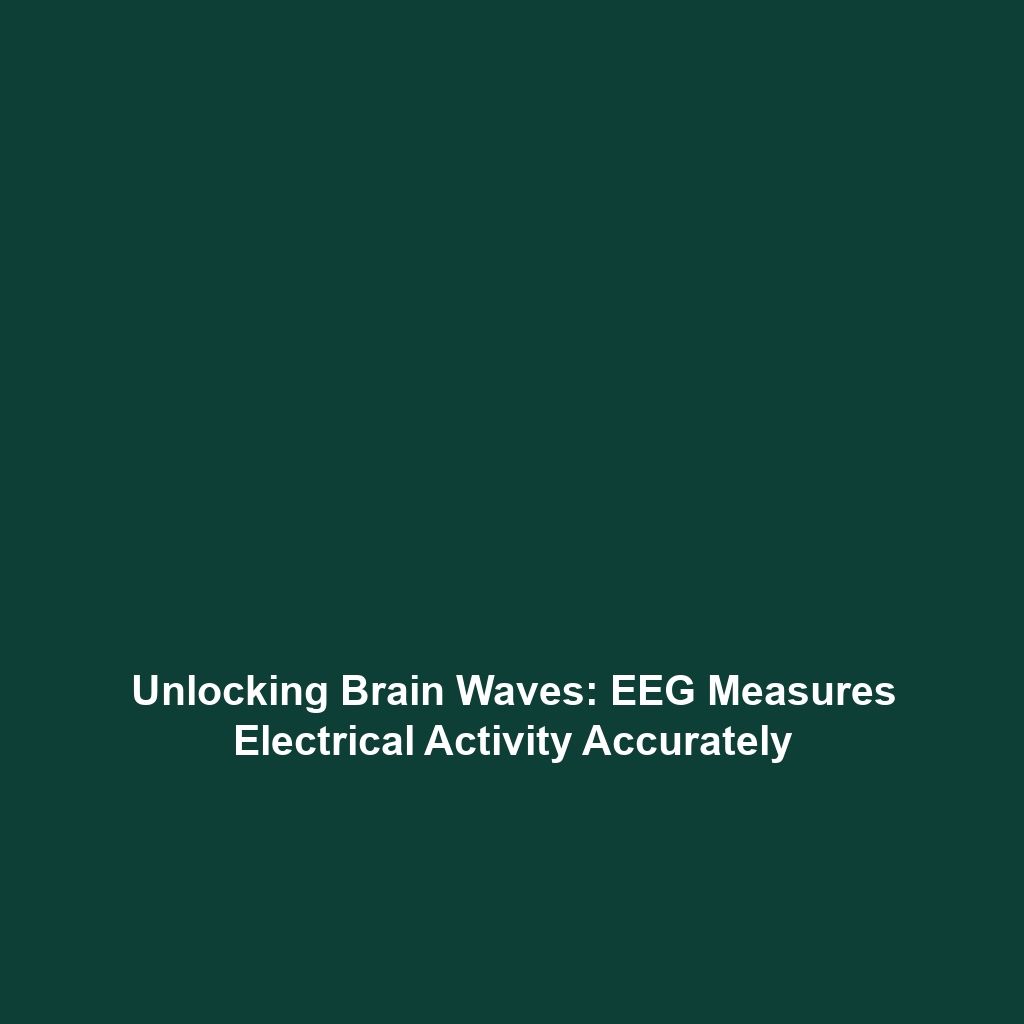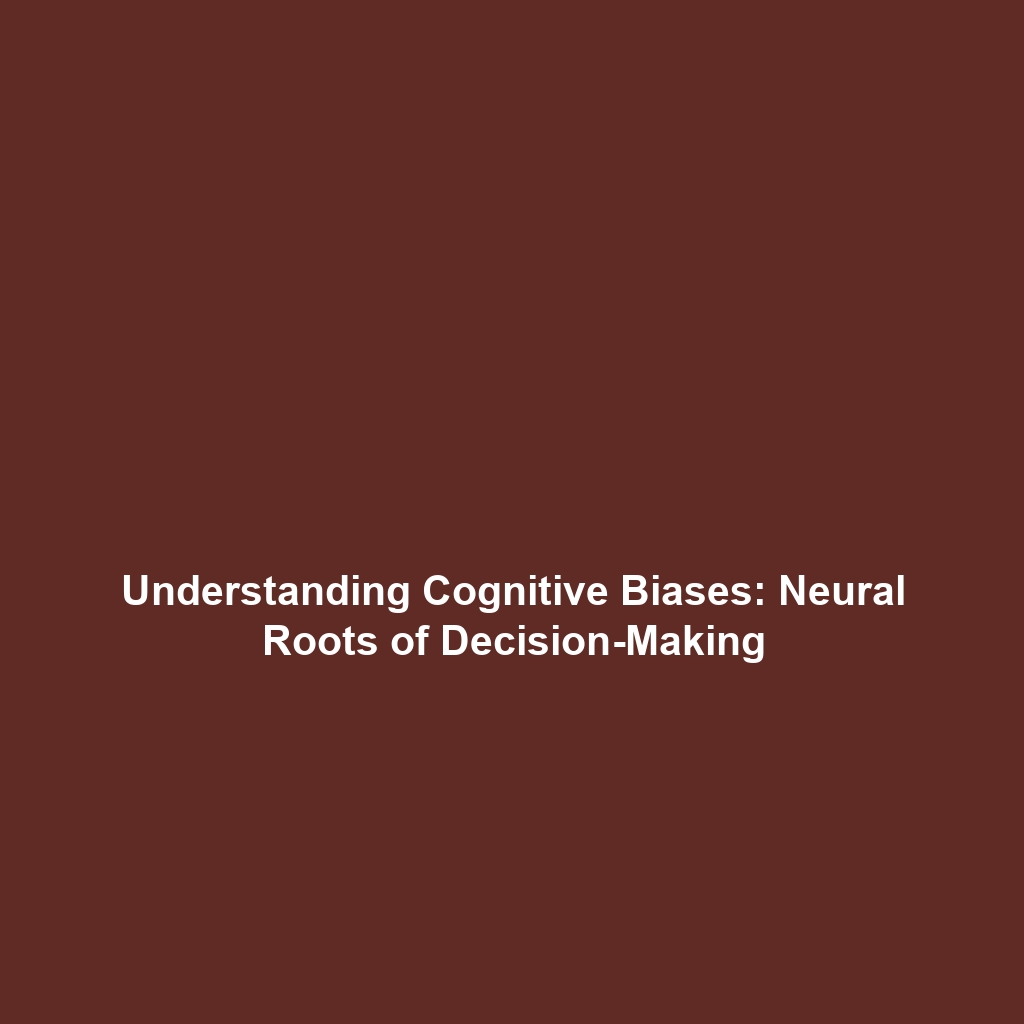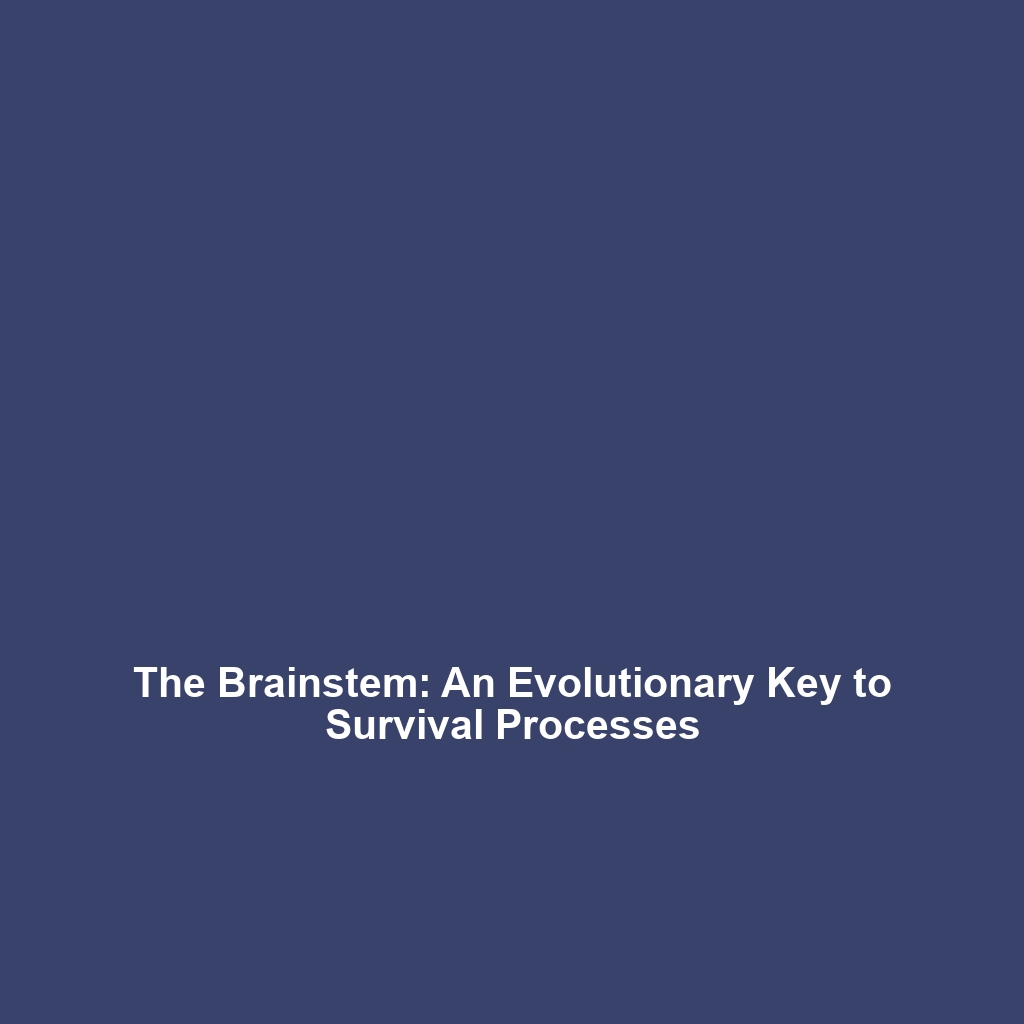Attention Deficit Hyperactivity Disorder (ADHD) and Its Link to Brain Structure and Biomechanics
Attention Deficit Hyperactivity Disorder (ADHD) is a neurodevelopmental condition that significantly impacts behavior, attention, and executive functions. Recent research indicates notable links between differences in brain structure and neurotransmitter activity, particularly within the prefrontal cortex. Understanding ADHD is crucial, primarily when examining how these biological aspects inform the field of biomechanics, which studies the mechanical aspects of living organisms.
Key Concepts
Biological Foundations of ADHD
ADHD is characterized by a range of symptoms, including impulsivity, hyperactivity, and inattention. The condition arises from complex interactions between genetic, environmental, and neurological factors:
- Brain Structure Alterations: MRI studies have shown that individuals with ADHD often have structural variations in areas such as the prefrontal cortex, which is associated with executive functions like planning and decision-making.
- Neurotransmitter Imbalances: Neurotransmitters, particularly dopamine and norepinephrine, play a pivotal role in regulating attention and behavior. Differences in the functioning of these neurotransmitters have been linked to ADHD symptoms.
Applications and Real-World Uses
Understanding the connections between ADHD and biomechanics offers practical applications that can enhance therapeutic approaches. Here are some significant uses:
- Customized Therapeutic Interventions: Knowledge of ADHD-related brain activity guides specialized exercises aimed at strengthening the prefrontal cortex, ultimately improving attention and motor skills.
- Behavioral Therapies: Interventions rooted in biomechanics help in designing physical activities that align with the neurophysiological needs of individuals with ADHD.
Current Challenges
Research into ADHD and its biomechanical implications faces several challenges:
- Variability in symptoms among individuals makes standardization difficult.
- Limited access to advanced neuroimaging technologies constrains data collection.
- Complex ethical considerations in studying pediatric populations complicate research design.
Future Research and Innovations
Emerging studies are poised to innovate our understanding of ADHD in the biomechanics context:
- Advancements in Neuroimaging: Improved imaging techniques will allow for more detailed observations of brain activity and structures associated with ADHD.
- Technological Innovations: Next-generation neurofeedback systems may offer real-time insights into brain function, paving the way for personalized interventions.
Conclusion
Attention Deficit Hyperactivity Disorder (ADHD) is intricately linked to differences in brain structure and neurotransmitter activity, especially in the prefrontal cortex. This connection is essential for understanding behavioral biomechanics. As research progresses, the potential for innovative therapies increases, highlighting the need for multidisciplinary approaches in the treatment of ADHD. For further insights into related topics, explore neurotransmitter activity and the basics of biomechanics.





